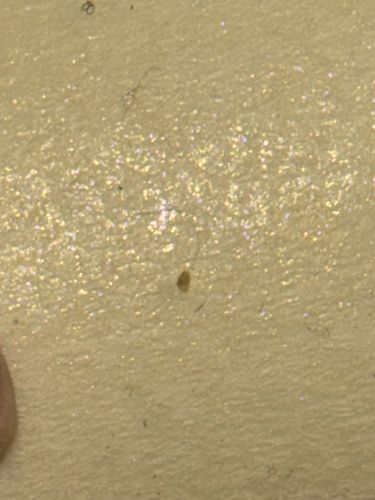Dust Mite
Scientific Name: Dermatophagoides spp.
Order & Family: Acariformes, Pyroglyphidae
Size: Typically 0.2-0.3 mm (0.008-0.012 inches) in length, invisible to the naked eye.

Natural Habitat
Commonly found in human dwellings, particularly in dusty areas like bedding, carpets, upholstered furniture, and clothing, preferring warm and humid environments.
Diet & Feeding
Feeds primarily on dead skin cells (dander) shed by humans and pets. They do not bite or burrow into skin.
Behavior Patterns
Dust mites thrive in high humidity and moderate temperatures. They reproduce quickly, with a lifespan of about 2-4 months. They are photophobic (light-averse) and tend to hide deep within fabrics.
Risks & Benefits
Potential risks include being a major allergen for many people, leading to symptoms such as asthma, allergic rhinitis (hay fever), and eczema. They produce waste products that contain potent allergens. There are no known direct benefits to humans or the ecosystem, but as detritivores, they play a minor role in breaking down organic matter indoors.
Identified on: 9/7/2025